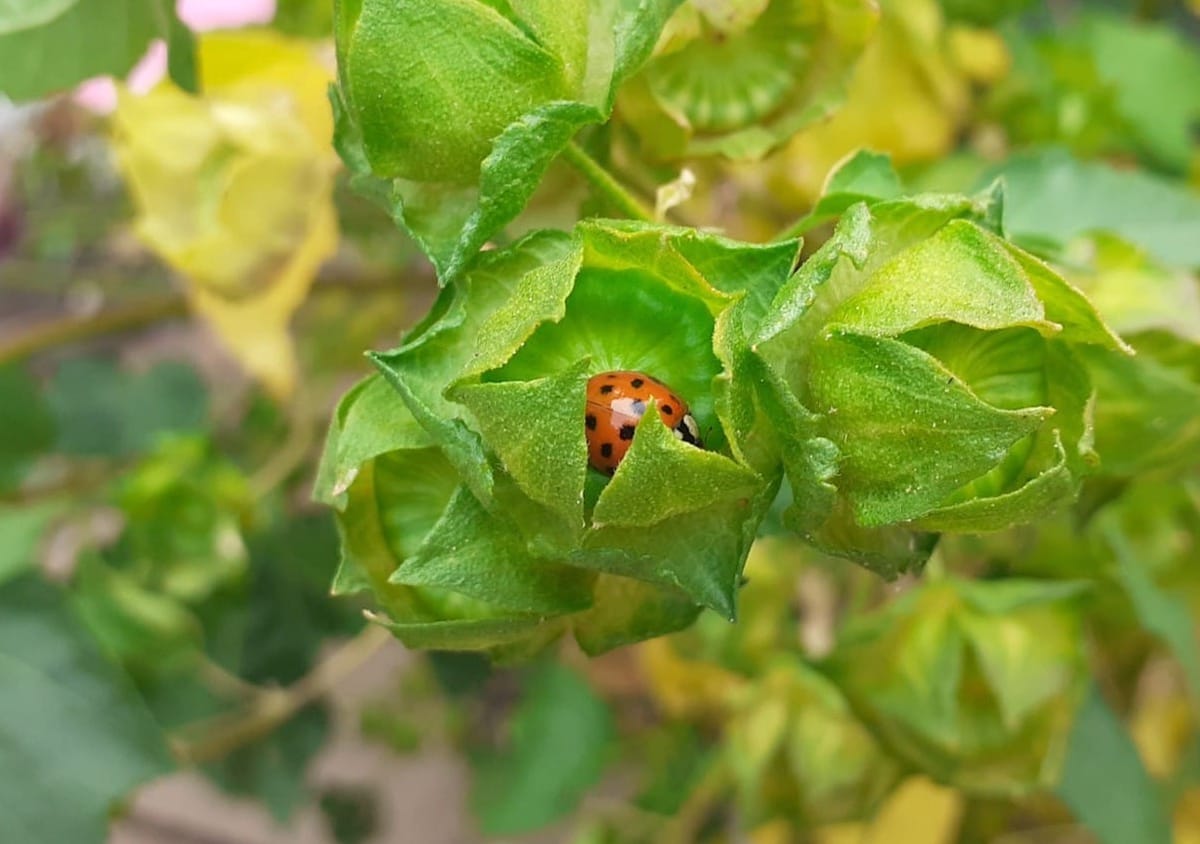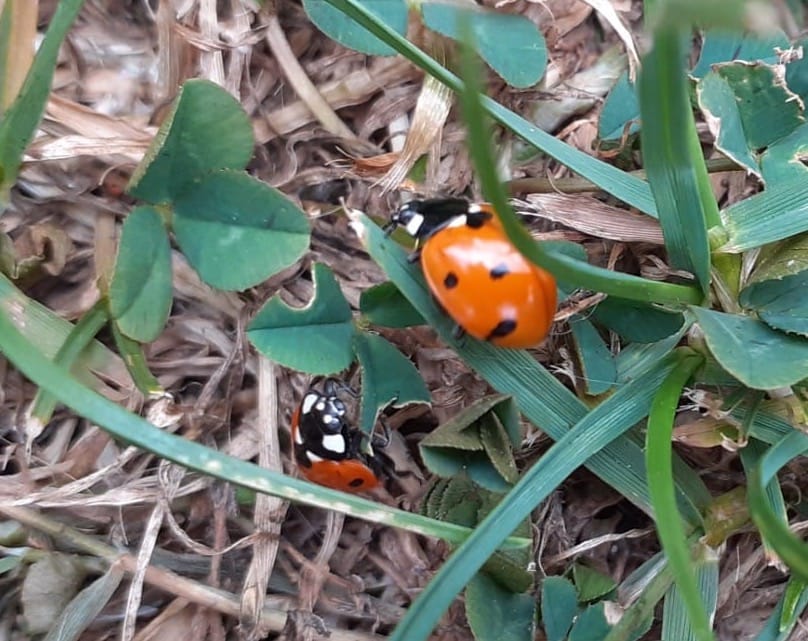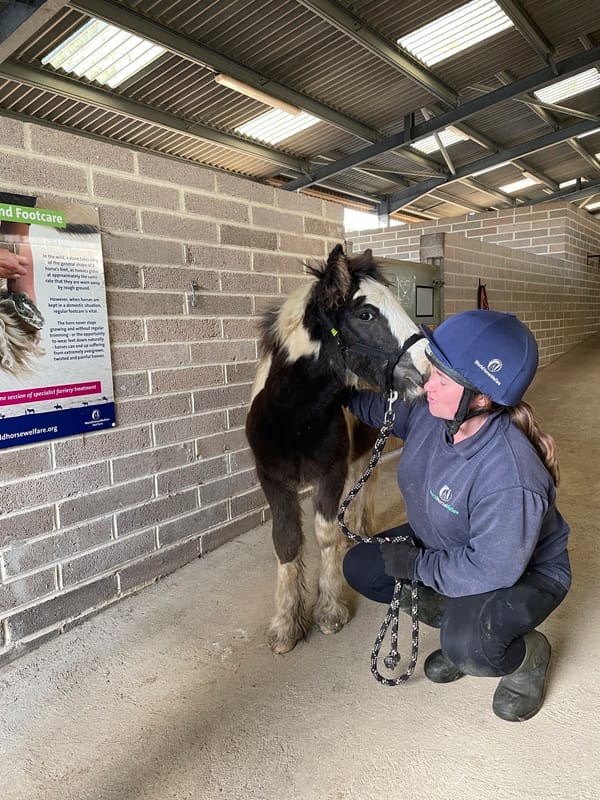Ladybird Invasion Delights and Surprises Weston‑super‑Mare Residents

By Jill Dando News
Weston‑super‑Mare, Somerset, was a scene of swirling red and black yesterday as thousands of ladybirds descended on the town’s beaches, gardens, and promenades. The unseasonal swarm surprised locals and sparked a flurry of curiosity.
“I was trying to hang out the washing,” said one resident, “and there were loads of them flying around my head!”
The event mirrors similar sightings across the UK in recent days, and experts say the phenomenon is the result of an ideal mix of sunshine and food.
Why the Surge?
Ecologists point to this year’s unusually warm and prolonged spring and early summer, which created a boom in aphid populations — the ladybirds' favourite food. With plentiful prey and rising temperatures, ladybirds have emerged in large numbers from their usual hiding places, including hedgerows, walls, and gardens.
Native species like the familiar seven-spot ladybird are thriving, with sightings stretching across the southwest coast and beyond.

Meet the Ladybirds
Ladybirds (family Coccinellidae) are small, dome-shaped beetles, usually 4–8 mm long. Over 40 species live in the UK — from the classic red seven‑spot and two‑spot varieties to less familiar yellow and black types.
These tiny beetles play a big role in maintaining healthy ecosystems. Both adults and larvae feed on aphids and other garden pests, making them nature’s own pest control team.
When threatened, ladybirds release a harmless but smelly yellow fluid called reflex blood from their leg joints — a deterrent to would-be predators.
A Natural Spectacle with a Message
Ladybird swarms may seem surprising, even a little unnerving, but they’re a vivid reminder of nature’s interconnected systems — how weather, food availability, and insect lifecycles all align.
And for gardeners and wildlife lovers, they’re a welcome sign that nature is alive and buzzing.
How You Can Help Ladybirds Thrive
Here are a few simple, nature-friendly ways to support ladybirds in your garden or local green space:
1. Grow Plants They Love
Encourage ladybirds by planting:
- Dill, fennel, yarrow, marigolds, nasturtiums
- Wildflowers and herbs, which attract aphids and pollinators
2. Let the Aphids Be (a Little)
Don’t wipe out every aphid — a small population helps feed ladybird larvae and adults, allowing natural pest control to flourish.
3. Avoid Chemical Pesticides
Pesticides harm beneficial insects too. Instead, try companion planting, neem oil, or manual pest removal.
4. Create Shelter for Winter
Ladybirds hibernate in dry, cool crevices. Help them by:
- Leaving dead leaves or hollow stems undisturbed
- Making a ladybird hotel from a box filled with dry twigs, bark, or pinecones
5. Keep a Wild Corner
A patch of untamed garden with tall grass, nettles, or a log pile can support a wide range of insects — not just ladybirds.
As Weston‑super‑Mare returns to normal, the ladybird spectacle leaves behind a lesson: even the smallest creatures have a big role to play.
And with just a few mindful steps, we can help them continue to do it.
If you have a positive story or uplifting news to share, we’d love to hear from you!
Just email us at news@goodnewspost.co.uk.
Whether it's a local hero, an act of kindness, or a personal win, your story could help spread joy and improve someone’s mental health. Let’s make the world a little brighter, one good news story at a time.
And don’t forget—you can sign up for free to get the latest feel-good stories straight to your inbox!





